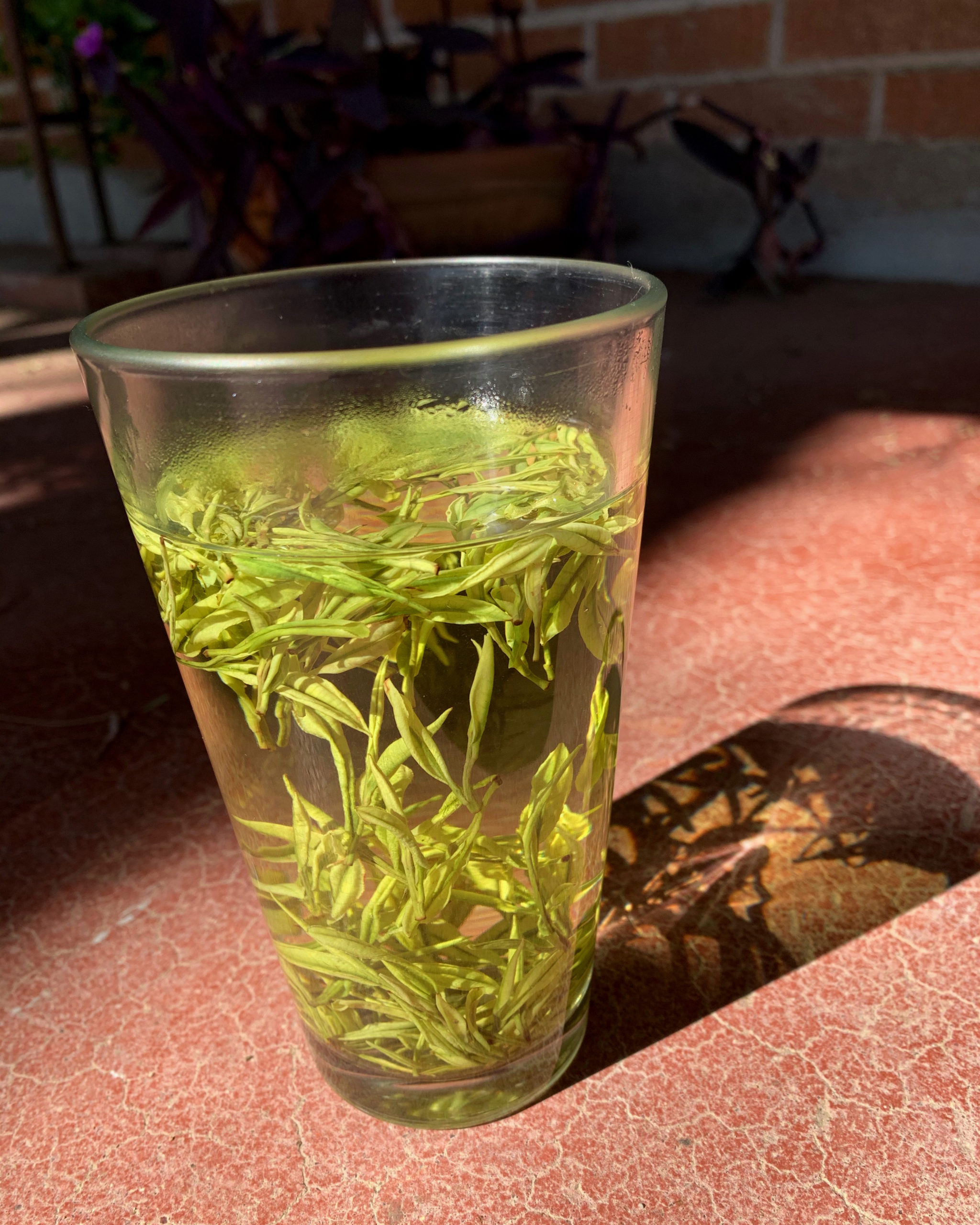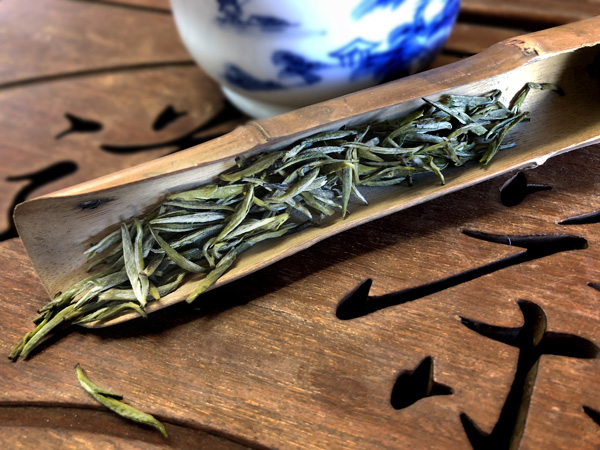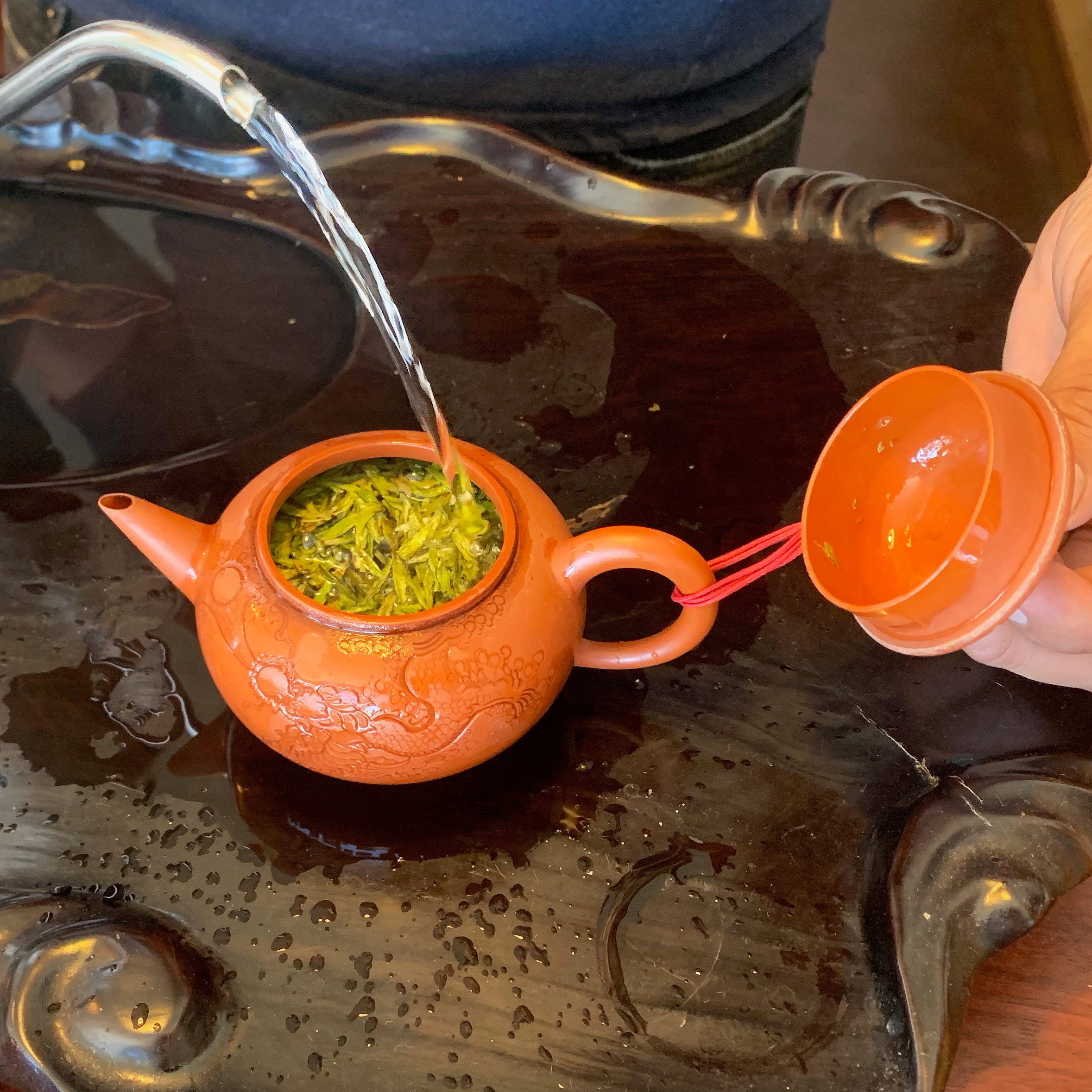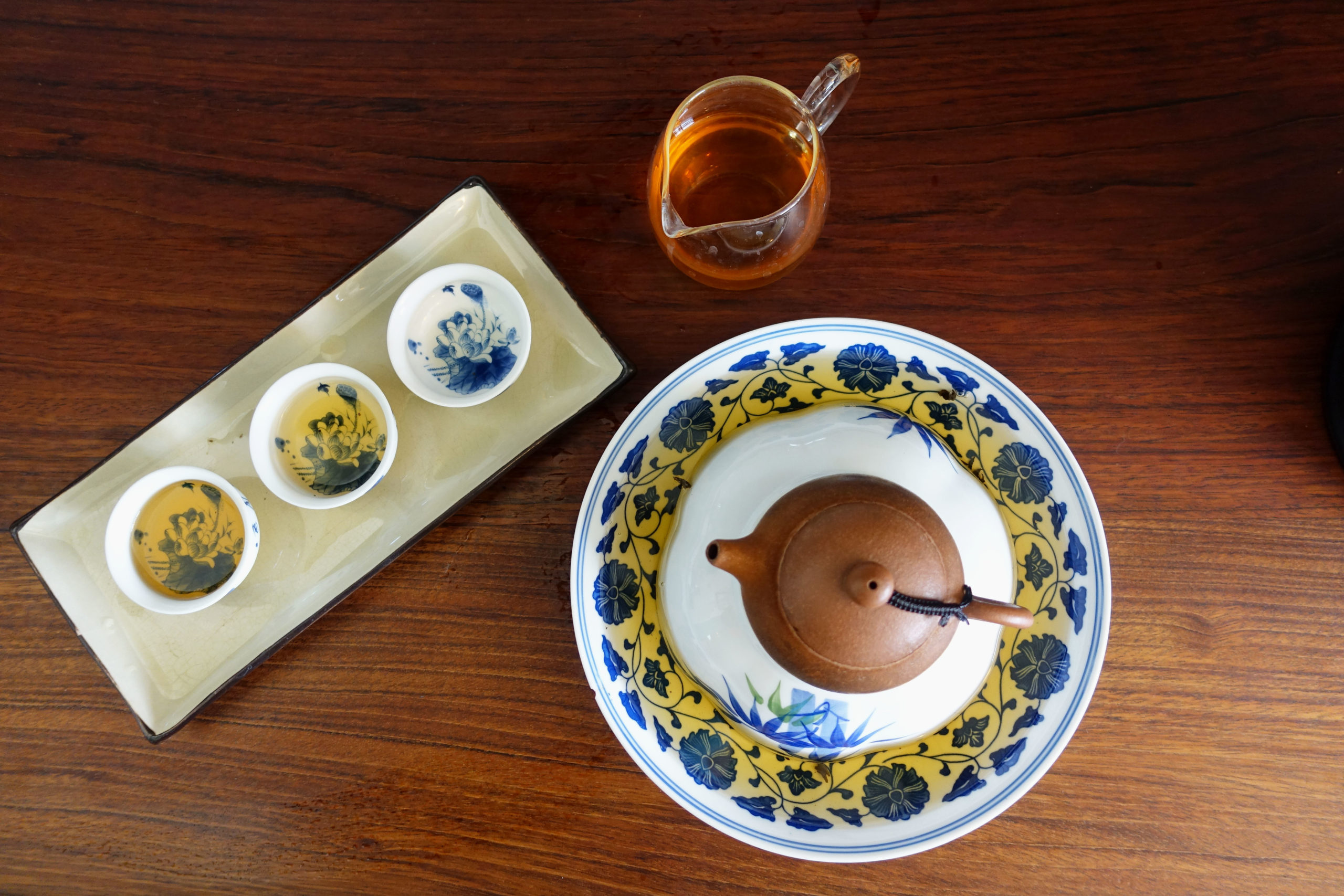Are you a little unsure about how to brew loose-leaf tea? No worries, brewing loose-leaf tea is easy! Start with quality tea, filtered water, and your favorite piece of teaware, and steep to suit your taste.
In case you need a little help, below are some general guidelines to start with. These are only guidelines, so feel free to make the tea your own and steep to your liking. As you taste more teas, a little bit of experimentation is needed to find the sweet spot for each tea. Half of what makes tea a big deal is how specific it is to us. Don’t be afraid to experiment with how you brew your tea. The point is that you enjoy it.
|
Tea Type |
Tea for 12oz water |
Tea for 16oz water |
Temperature |
Steep time for each infusion (min) |
| Green, Yellow, Scented | 5 grams | 8 grams | 85°C (185°F) | 3, 3, 5, 8 |
| White (high end) | 5 grams | 8 grams | 88°C (190°F) | 5, 5, 6, 10 |
| White (everyday) | 5 grams | 8 grams | 88°C (190°F) | 4, 4, 6, 10 |
| Wulong (dark) | 5 grams | 8 grams | 100°C (212°F) | 3, 3, 5, 8 |
| Wulong (light) | 5 grams | 8 grams | 100°C (212°F) | 3, 3, 5, 5 |
| Black (mild) | 5 grams | 8 grams | 100°C (212°F) | 4, 4, 5, 8 |
| Black (strong) | 5 grams | 8 grams | 100°C (212°F) | 3, 3, 5, 8 |
| Sheng puer, Yunnan white tea | 5 grams | 8 grams | 100°C (212°F) | 3, 3, 5, 8, 10 |
| Shu puer (small leaf) | 5 grams | 8 grams | 100°C (212°F) | 3, 3, 5, 8, 10 |
| Shu puer (large leaf) | 5 grams | 8 grams | 100°C (212°F) | 4, 4, 5, 8, 10 |
STEP 1: Choose your teaware
This can be anything from a porcelain or glass teapot to a Chinese yixing pot or gaiwan or even a Mason jar. For casual brewing, we recommend making your favorite tea in a simple large cup, like a heat-resistant pint glass, and letting the leaves float freely. We do this every day and always have a cup of tea in our hands!

STEP 2: Add your tea leaves
Pick your tea and add the dry leaves to your brewing vessel. For one person each the suggested serving of tea leaves is about 5 grams. For 2 people, use around 6-8 grams. However this is flexible to your personal preferences. Use more leaves if you prefer a stronger brew or less if you wish it to be on the lighter side.

Note: Some teas are very compact and others are very fluffy, so you may only need a teaspoon of a dense tea to get 5 grams, and 2-2.5 tablespoons of tea for a lighter tea. It varies from tea to tea. We always include dosing suggestions for each of our teas, just in case you don’t have a scale.
STEP 3: Add hot water
Use filtered or spring water heated by stove or electric kettle. Your water can affect the taste of your tea quite a bit, so make sure that the water tastes good to you. Avoid using a microwave to heat your water, if possible. In general for lighter teas (green, white, scented, yellow), use 85-88°C (185-190°F) water. For darker teas (black, wulong, puer), use boiling water at 100°C (212°F). For high-end black teas, you can try using slightly cooler water (90°C or 194°F).

STEP 4: Brew and enjoy, and repeat
Infusion time is flexible depending on your taste. In general, we recommend 3-4 minutes each for the first and second infusions. With each subsequent steeping, increase the infusion time. Pour each infusion into a separate cup or pitcher, or drink it directly from your brewing vessel. We suggest finishing your tea within the same day that you began brewing, especially for lighter teas.

How many times can I steep my tea leaves?
Most of our loose-leaf teas can be steeped at least 4 times. Puer and wulong teas can be steeped at least 5 times. You can keep infusing your leaves if you’re still getting good flavor. Subsequent cups will have different characteristics and flavors and extract more nutrition from the leaves.
You may use a strainer to remove the leaves between infusions. In many traditional Chinese tea brewing methods, no filters are used. We recommend that you don’t empty your cup or pot completely between steeps. Leave a little bit of the tea in your vessel, enough to just cover the leaves to strengthen your next brew. It allows the leaves to “keep” a little longer, especially for white, yellow, and green teas.
If you prefer to have more precise control over your steep time, we recommend using a gaiwan or a yixing pot. Learn how to use them with our tutorials.
Notes about temperature:
High-quality green, yellow, and scented tea may be brewed with boiling water without going bitter. Slightly cooler water, around 85-88°C (185-190°F), brings out sweeter flavors and reduces astringency. Darker, more oxidized whole leaf teas like wulong, black, and puer teas brew well with 100°C (212°F) boiling water.
If you don’t have a thermometer on hand, there are some quick methods for adjusting the temperature of your tea. To cool down your boiling water for a lighter tea, add about 3-4 tablespoons of cold water to the leaves before adding your boiling water. You can also bring down the temperature by slowly pouring a thin stream of water from a little higher up so that it loses heat as steam.
High end white teas like Silver Needle benefit from longer infusion times, while mid-grade and everyday white teas like Bai Mudan and Shou Mei do not need as long.
Dark wulong teas like rock wulong (yancha or “rock tea”), Dan Cong Wulong, and other dark styles like Traditional Tieguanyin are often stronger and more persistent than the lighter green-style wulongs like Jin Guanyin or Monkey Picked.
Strong black teas, like Strong Smoke Lapsang Souchong and most Yunnan black teas (Jinya, Golden Peacock, Dianhong Gongfu) tend to infuse quickly. Mild black teas from Anhui (Qimen/Keemun teas), Fujian (Tongmu Lapsang Souchong, Zui Chun Fang), and specialties like Anji Hong or Old Tree Yunnan benefit from longer infusion times.
You can use tea from puer tea cakes like any other loose-leaf tea. Learn how to break open compressed puer cakes.
